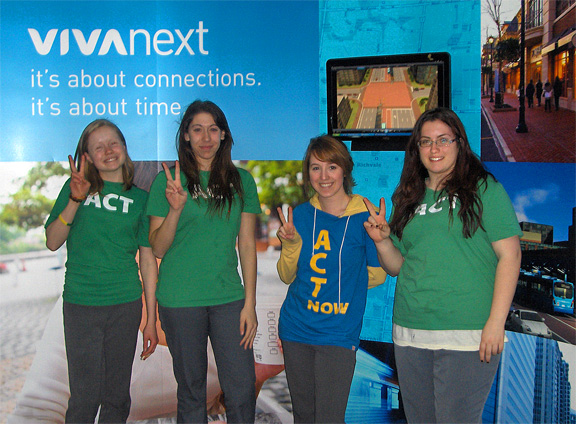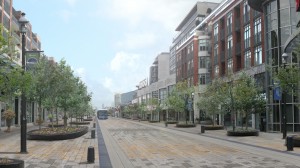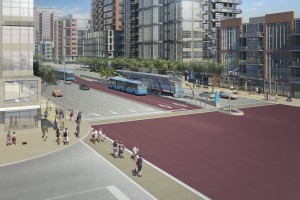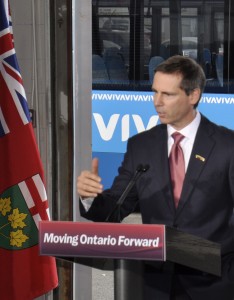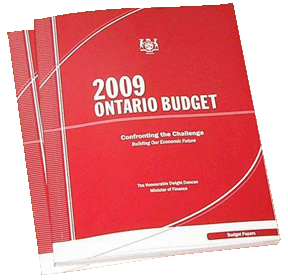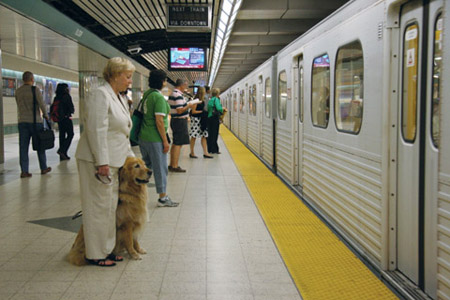
We get a lot of people asking about how the subway extensions will affect the current service and levels of capacity. We understand that extending the line will allow more people to ride and there are plans in place to manage ridership growth and help increase current capacity during peak times, especially at Yonge and Bloor.
Our plan includes opening the Spadina subway extension first to divert riders who begin their commute in the north. We expect this to divert 1,300 peak hour riders away from the Yonge line. There will also be 2,900 parking spaces along the Spadina extension, to divert more riders away from the Yonge line.
A new signaling system will allow trains to run closer together, reducing the wait time between trains. More frequent trains help spread out ridership, reducing the bunching-up effect. The new trains will allow people to walk from one end to the other – making use of space between the train cars that’s currently not possible. In addition, only every second train will go north of Finch Station during the morning peak, meaning every other train arriving at Finch during the morning peak will start its southbound trip empty.
That is a very short overview of some of our plans to increase capacity. Please let me know if you are interested in how any particular plan will work. I like talking about solutions that will make getting around better for everyone.

